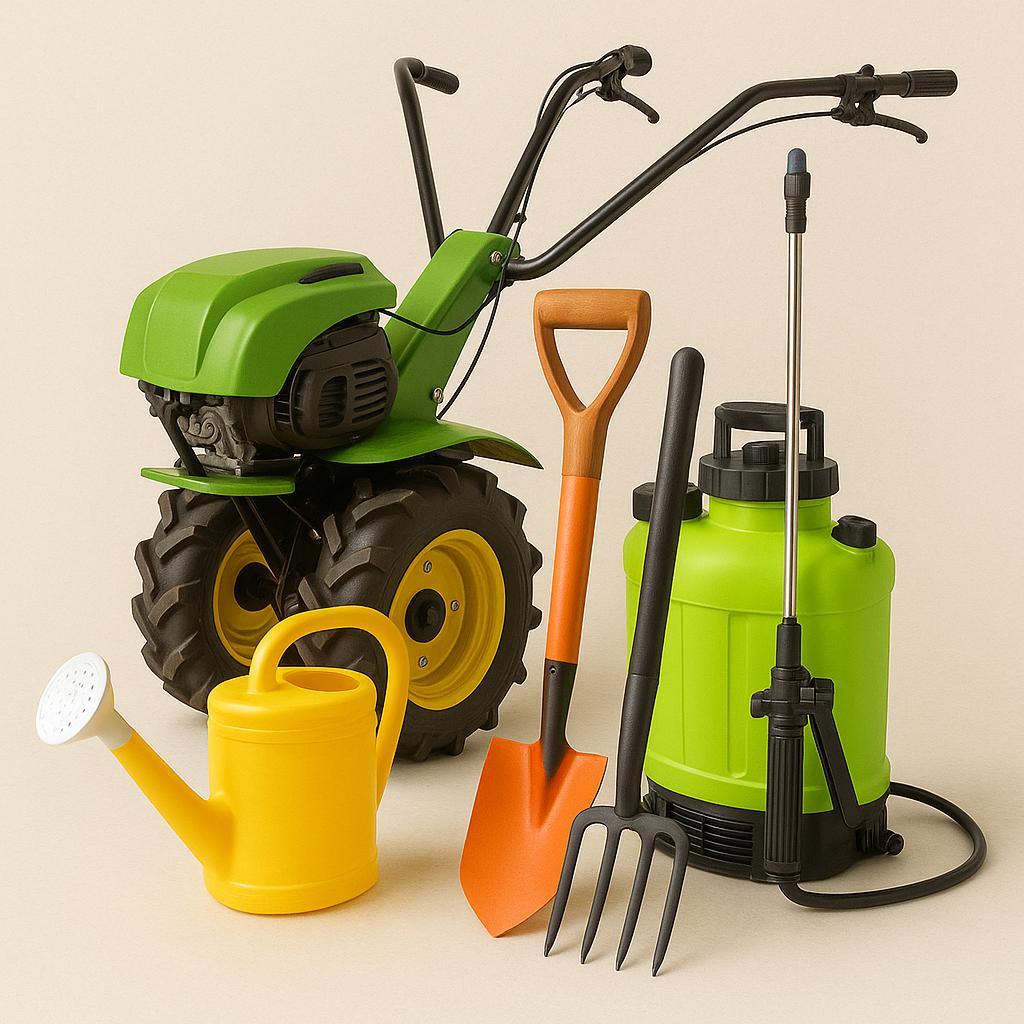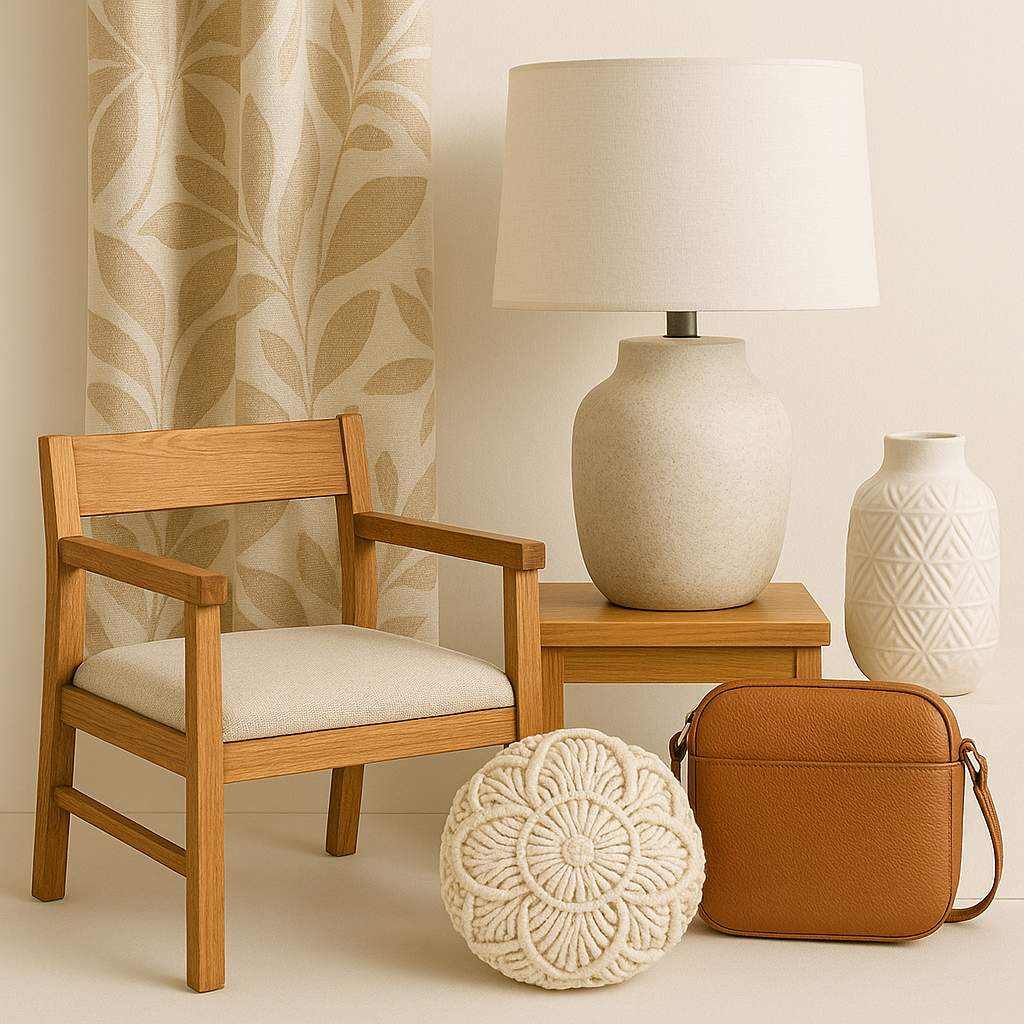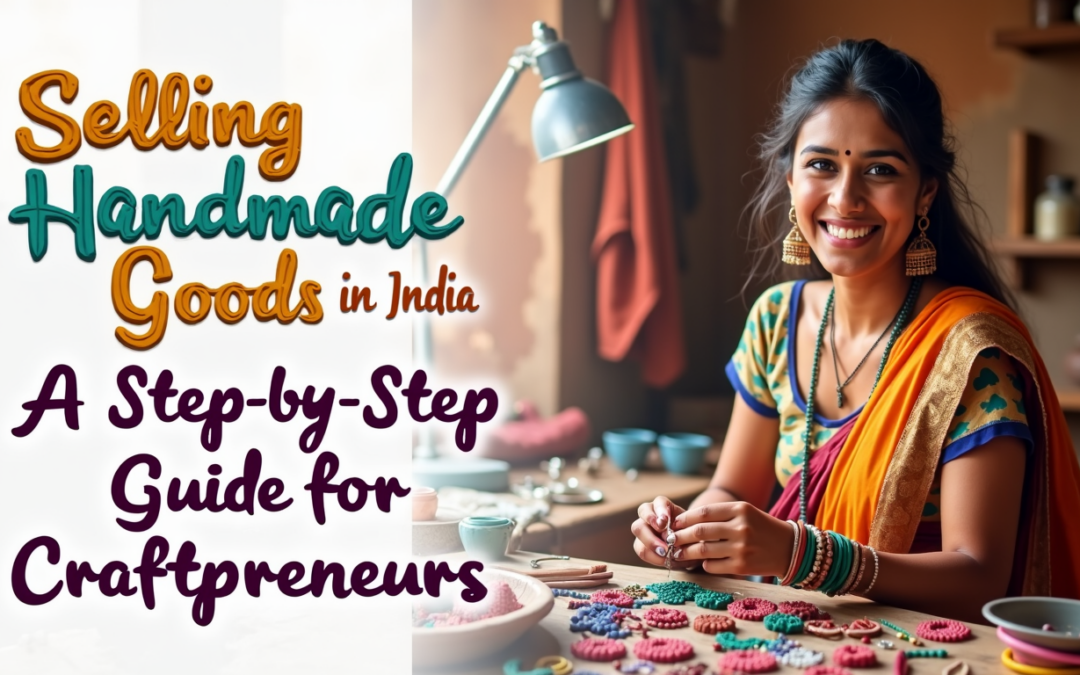Selling Handmade Goods Online in India: A Step-by-Step Guide for Craftpreneurs
Introduction
Do you have a passion for creating beautiful, handmade goods? Whether it’s hand-painted pottery, intricately woven textiles, or quirky DIY jewelry, India’s love for craftsmanship is unparalleled.
But turning your passion into a profitable online business can feel overwhelming. How do you get started? How do you make your creations stand out in a crowded online market?
If you’re a craftpreneur ready to bring your handmade goods to the world, you’re in the right place. In this guide, I’ll walk you through the step-by-step process of selling handmade products online in India. From choosing the right platform to marketing your creations, I’ll cover everything you need to start and grow a thriving handmade business.
Let’s get started!
Step 1: Define Your Niche and Target Audience
Before you dive into selling, take a moment to define your niche. Handmade goods are diverse—everything from organic soaps to macramé wall hangings counts as “handmade.” The more specific you can be about your products, the easier it will be to stand out.
Ask yourself:
- What makes my products unique?
- Who will buy my products, and why?
For example, if you’re crafting eco-friendly jute bags, your niche could be sustainable fashion accessories. Your audience? Environmentally conscious shoppers looking for trendy yet sustainable options.
Pro Tip: Study your competitors. Look at other handmade sellers in your niche and identify what works for them—and what you can do differently.

Step 2: Create High-Quality Products with a Story
People buy handmade goods because they love the story behind them. It’s not just about the product; it’s about the time, love, and effort you’ve put into creating something unique.
When crafting your products:
- Focus on quality: Handmade goods command a premium price, so make sure every piece reflects excellent craftsmanship.
- Share your story: Use social media, product descriptions, or even packaging to tell your story. For instance, “This handwoven rug was inspired by the vibrant colors of Rajasthan and crafted using traditional techniques passed down for generations.”
Pro Tip: Offer customization. Adding a personal touch—like monogrammed initials or custom color options—can make your products more appealing to buyers.
Step 3: Choose the Right Platform to Sell
Once you’re ready to start selling, the next step is setting up shop online. The good news is, there are plenty of platforms available, and you don’t need to know coding to get started.
Here are your top options:
- Etsy: Perfect for reaching international buyers who appreciate handmade, artisanal goods.
- Amazon Karigar: Amazon’s dedicated platform for Indian artisans and craftspeople.
- Craftsvilla: Focuses on Indian handmade goods and ethnic wear.
- Your Own Website: For more control over branding and customer experience, build your own store using platforms like BuildMyStore.io or Shopify.
Pro Tip: If you’re new to online selling, start with a marketplace like Etsy or Amazon to build your audience. As you grow, consider creating your own website for better control and profitability.

Step 4: Take Stunning Product Photos
When selling handmade goods online, your photos are your first impression. Buyers can’t touch or feel your products, so high-quality visuals are essential to show off their uniqueness and quality.
Tips for great product photos:
- Use natural light to highlight details and textures.
- Take multiple shots from different angles.
- Include lifestyle photos: Show your products in real-life settings. For example, if you’re selling handmade pottery, showcase it on a beautifully set dining table.
Pro Tip: Invest in a lightbox or simple props like plants, fabrics, or rustic wooden boards to make your products stand out.
Step 5: Write Engaging Product Descriptions
Your product descriptions are your chance to tell buyers why your creations are worth buying. Avoid generic descriptions and focus on storytelling.
Here’s a quick formula:
- Start with a hook: “Looking for a cozy, handmade addition to your living room?”
- Highlight key features: “This macramé wall hanging is made with 100% organic cotton and hand-knotted by skilled artisans.”
- Add an emotional touch: “Each piece is crafted with love, making it a perfect gift for someone special—or for yourself!”
Pro Tip: Use keywords like “handmade,” “unique,” or “artisan-crafted” in your descriptions to improve search visibility.
Step 6: Market Your Handmade Goods
Now that your shop is set up, it’s time to attract buyers. Marketing is crucial for building your audience and turning one-time shoppers into loyal customers.
Here’s how to do it:
- Leverage Social Media: Platforms like Instagram and Pinterest are goldmines for handmade sellers. Post photos, reels, and behind-the-scenes content to engage your audience.
- Collaborate with Influencers: Partner with influencers who align with your niche to showcase your products to their followers.
- Run Ads: Use targeted ads on Facebook and Instagram to reach people who are already searching for products like yours.
Pro Tip: Start a blog or YouTube channel about your craft. For example, a potter could create videos about pottery techniques, which would attract craft enthusiasts who might also buy your products.

Step 7: Deliver an Unforgettable Customer Experience
Your job doesn’t end once the sale is made. The way you package, ship, and communicate with your customers can make all the difference in earning repeat business.
- Eco-Friendly Packaging: Use sustainable materials like recycled paper or cloth bags to package your products. It’s thoughtful and aligns with the handmade ethos.
- Fast Shipping: Partner with reliable logistics companies to ensure timely delivery.
- Personal Touch: Include a handwritten thank-you note or a small freebie. It’s these little gestures that turn customers into loyal fans.
Pro Tip: Offer hassle-free returns. Buyers are more likely to purchase if they know they can return the product easily.
Step 8: Grow Your Handmade Business
Once your online store is up and running, focus on growing your brand:
- Collect Customer Reviews: Positive reviews are crucial for building trust. Encourage buyers to leave feedback on your platform.
- Expand Your Product Line: Introduce new items based on customer feedback and market trends.
- Explore Wholesale Opportunities: Partner with boutiques or retailers to sell your handmade goods in bulk.
Pro Tip: Join artisan communities or online forums to connect with other craftpreneurs, share tips, and stay inspired.
Conclusion: Turn Your Craft Into a Thriving Business
Selling handmade goods online is more than just a business—it’s a way to share your creativity and passion with the world. With the right approach, you can turn your craft into a thriving, profitable venture while staying true to what you love.
Remember, it’s all about quality, authenticity, and connection. Follow these steps, stay consistent, and don’t be afraid to showcase your unique style. The world is waiting for your handmade creations!
Ready to start your journey as a craftpreneur? Build your online store today with BuildMyStore.io and bring your handmade goods to life in the digital world.














